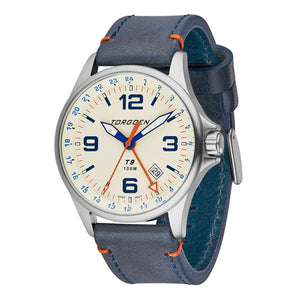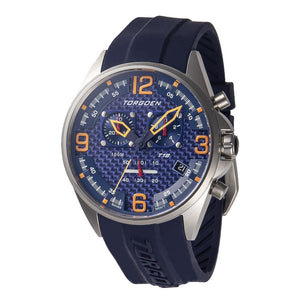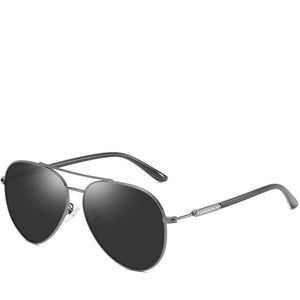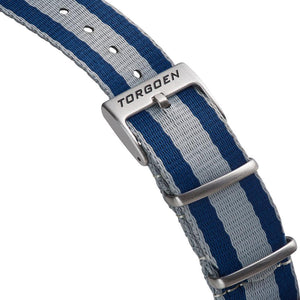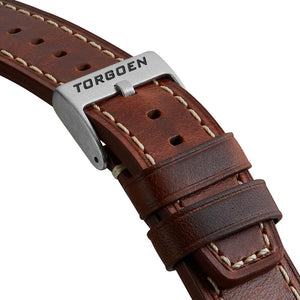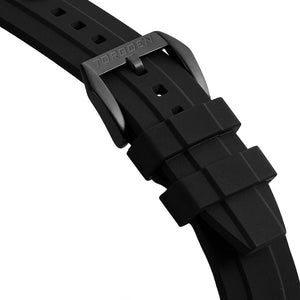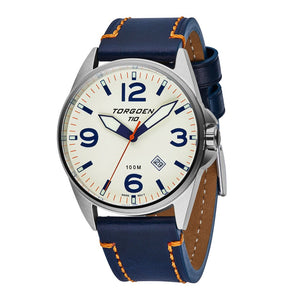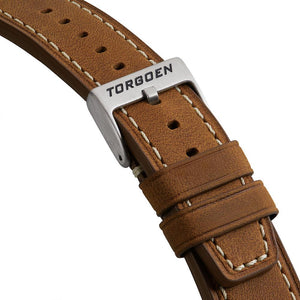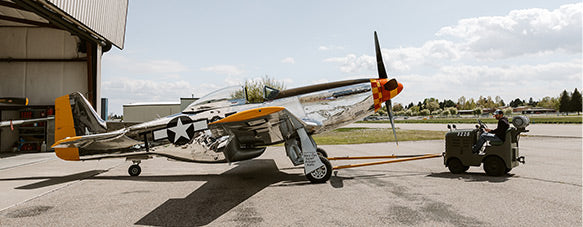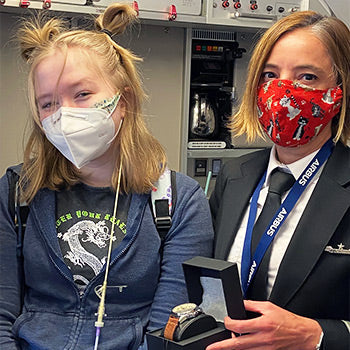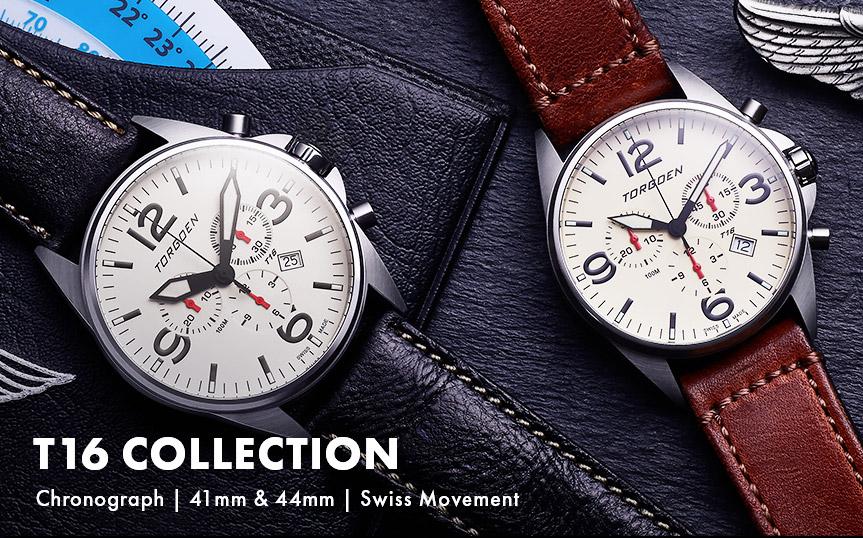GMT watches have a long and interesting history. To truly understand where GMT came from, we need to go back to how Longitude was discovered, how the Greenwich Meridian became a way to measure time and how time could then be measured against the Greenwich meridian (GMT).
Understanding Latitude and Finding Longitude
Until the 17th century seamen had difficulties finding their coordinates at sea. They could easily find their latitude by measuring the angle to the Polaris (the North Star) in the Northern Hemisphere and the Crux (or the Sothern Cross) in the Southern Hemisphere. The actual angle to the North Star is the latitude which is measured in degrees. It was relatively easy to measure this angle with a sextant. A sextant allows the measurement of an angle of a celestial object relative to the horizon.

Sextant
The problem was that in order to be more precise in finding a location, there needed to be latitude and longitude. The longitude is an artificial man made invention while the latitude is a physical property of the earth. Along latitude 0° (the equator) you have a certain climate typical to that latitude as well as in latitude North 90° (the North Pole). The earth rotational axis is the line that connects N90° to S90°. The longitude on the other hand is a complete invention of men to aid in determining the exact location of any place on earth. Every place on earth has coordinates. For instance, the coordinates of New York City are 40.6700° N, 73.9400° W. This means that we need to measure an angle from the center of the earth towards North which is 40.67°, the latitude. This latitude is a circle. If you stand anywhere on that circle on the surface of the earth and you measure the angle from the horizon to the North Star, that is the same as measuring the angle from the center of the earth towards north where you see NYC.
The Greenwich Meridian

Greenwich Royal Observatory
But how was Longitude actually invented? To understand this, we must introduce the concept of The Prime Meridian. The Prime Meridian is an arbitrary longitude passing through an arbitrary point on earth. For years there was a debate between France and England in regards to where the Grand Meridian would be. The French wanted it in Paris and the English wanted it in Greenwich, near London. The reason for it to be in Greenwich and not in the center of London was that the Royal Observatory was there and it was very convenient to determine local noon by celestial observation. This would determine where longitude 0° is. The English won this debate over the French since their influence far exceeded their counterparts. They were especially strong as a maritime power during the 19th century when this was internationally accepted in 1884.
How the Greenwich Meridian was used to create GMT
If you measure within that circle of 40.67° an angle of 73.94° towards the west, you will find at that precise point New York City. But in order to find which longitude we are at, we need either a GPS or a very accurate clock to display Greenwich Mean Time (GMT), combined with a sextant and another less accurate clock. The clock displaying GMT needs to be very precise, which we call chronometer, to withstand differences in temperatures and humidity during long voyages. It also needs to be less affected by gravity since ships could rock during storms. The difference between local time and GMT can determine the longitude. For instance, longitude 180° west or east (it doesn’t matter which) is exactly 12 hours ahead (or behind) Greenwich Time. At 90° west the time is 6 hours behind Greenwich Mean Time (GMT). The local time was very easy to determine with the second clock that was less accurate. One could set it daily to local noon whenever the sun was at the highest point in the sky. Comparing the two clocks, one showing the local time and one showing GMT will give you the difference that can easily be converted into an angle showing the longitude as shown before.
Creating the First GMT clock
The problem during 17th and early 18th century was that they didn’t have an accurate clock to enable them to keep GMT for a long voyage. This was the biggest scientific challenge of that time. Newton and other scientists did not believe it would be possible to achieve a production of a clock with an acceptable accuracy but John Harrison, after investing his whole life achieved that in 1765 when he was 68 years old. The original clock is currently displayed in the Maritime Museum in London denominated the H4.
How GMT is used in Torgoen’s watches
Today pilots still use GMT whenever they speak with Air Traffic Control (ATC). Airplanes arriving from different time zones need a common language when talking about ETAs or circling times etc. GMT is a very convenient common denominator. Torgoen watches produce various models that can display a second time zone in a 24 or 12 hour formats. The T05, Torgoen’s first GMT watch still inspires Torgoen’s watch design. It was one of our best sellers both due to an affordable price, quality and its simple and bold design. With two time zones, one of which could be set to local time and the other (the red hand with the big triangle) can be set to GMT and has a 24-hour format, which is the way ATC likes to talk.
Torgoen T05 – Our first GMT watch
Another popular Torgoen GMT watch is the T25, inspired by the Sextant, and other 17th Century navigational instruments used by John Harrison in solving the longitudinal problem, this dual-zone timepiece straight forward, ergonomically designed for easy read which is the signature of all Torgoen watches. With a vintage design and bold look, this time piece incorporates two independent time zones one of which is represented by an additional hand that makes one revolution every 24 (rather than the normal 12) and therefore has a display in 24-hour (military) format. Of course the function allows a choice of any time zone of your convenience and is perfect for people that need to contact acquaintances, colleagues or family members in different time zones. With a high grade solid stainless steel case, a classic, easy-to-read dial and Italian leather stitched strap with stainless steel buckle, this classic timepiece is a one-of-a-kind.
Torgoen T25 GMT
* * *
HIGHEST QUALITY ASSURANCE
We take great pride in ensuring that all of our watches are produced to the highest standards, with an emphasis on innovation, creativity and manufacturing integrity. We use only the best components, materials, and production methods, including aviation grade stainless steel cases and Swiss movements, to create a watch that can be worn with confidence, pride and the assurance of knowing you are dealing with a company that genuinely cares.


